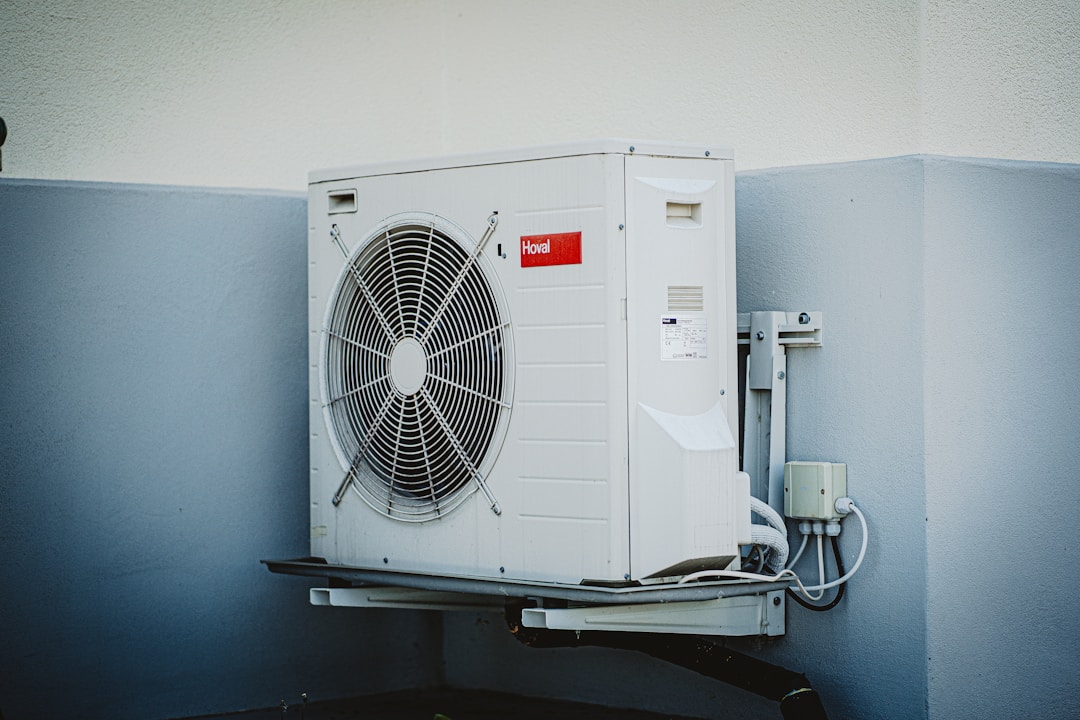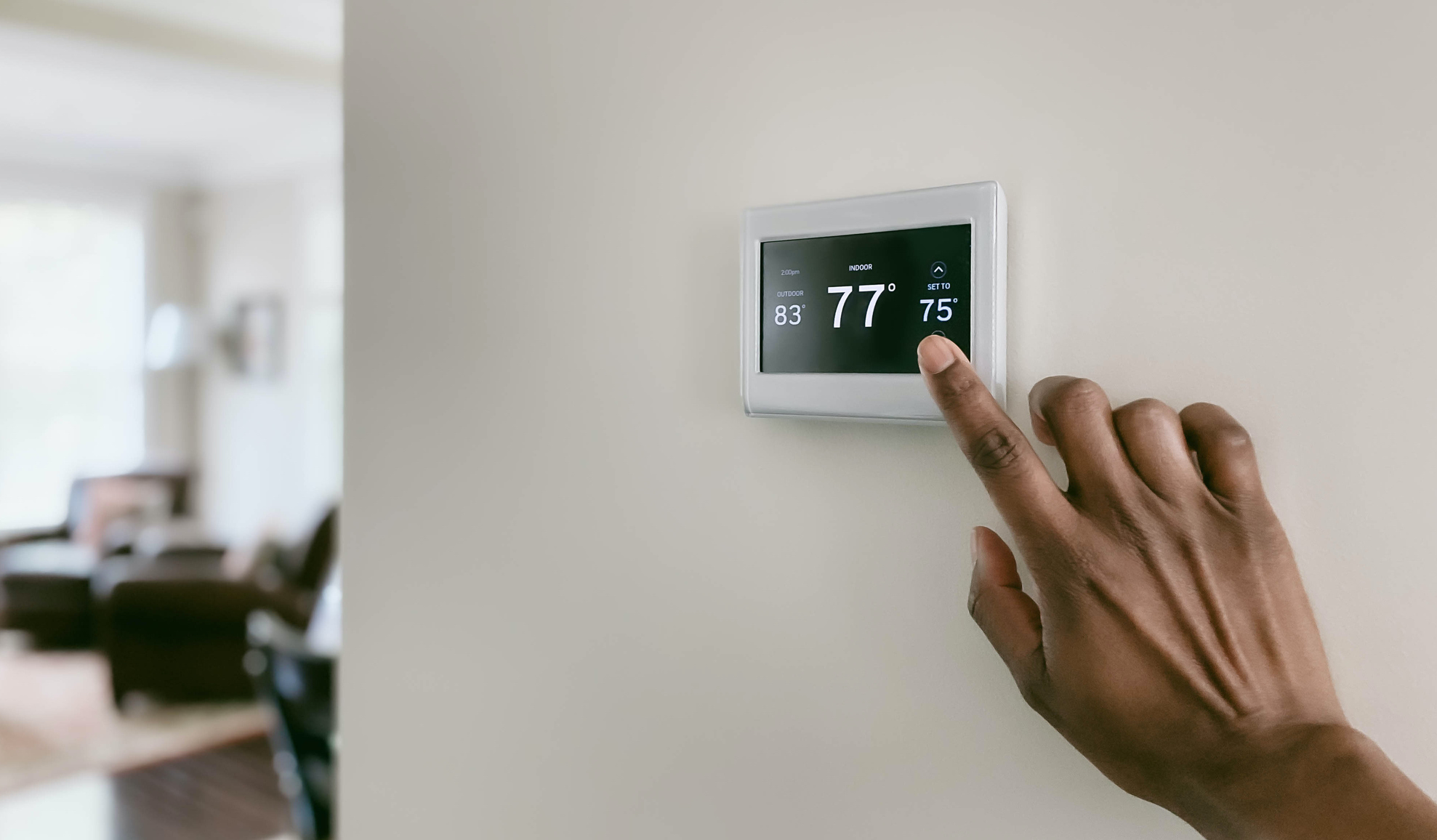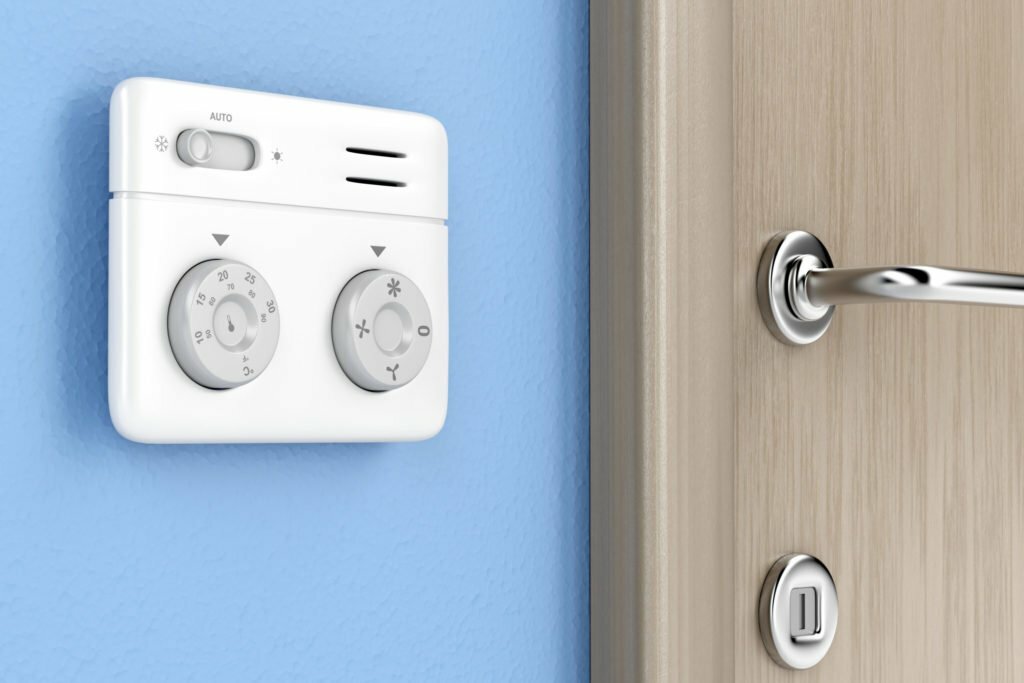Your HVAC system is the workhorse that provides consistent temperatures throughout your home year-round. Behind the power of your HVAC equipment, however, is the thermostat. Your thermostat communicates with your HVAC system to deliver air to your home based on your desired setting. When something goes wrong with your thermostat, it could lead to higher energy bills, inconsistent temperatures, and system failure.
When an HVAC system doesn’t perform as it should, many homeowners look at the major equipment such as the furnace, heat pump, air conditioner, or blower as the culprit. While several things could go wrong with this equipment, sometimes the problem is much smaller. A malfunctioning thermostat can wreak havoc on your HVAC system and the comfort in your home. While HVAC systems usually last around 20 years, thermostats only last around 10 years. Given this, chances are that you may need to replace the thermostat before your HVAC equipment.
If your thermostat is on its last leg and fading, there are several warning signs that you might notice. Like the check engine light in your car that warns you of potential problems, your thermostat could be telling you that you should replace it. Let’s take a look at signs you need a new HVAC thermostat.
HVAC System Won’t Turn Off or On

As discussed, your thermostat is the main line of communication between your home and your HVAC system. The thermostat calls for heating or air conditioning based on the desired temperature settings. A defective thermostat, however, could cause your HVAC to keep running or fail to turn on. Sporadic cycling and inconsistent system operation are probably a sign that your thermostat is on its way out. An HVAC technician can help diagnose the problem.
Higher Energy Bills

The average energy bill in the United States is around $115 per month. Depending on where you live, season changes will bring about fluctuating energy costs. However, if you find that your utility bills begin running higher than normal, your HVAC system is probably the culprit. Problems with efficiency can impact your HVAC system. However, a broken thermostat could also be a problem. Inconsistent cycling can lead to higher energy consumption and utility bills. If there is an issue with your electric bill, you can have a service technician troubleshoot your thermostat to determine if there is a problem.
Older Thermostats

The older your thermostat is, the more likely it is that it will develop problems. There are sensors and wiring inside of the thermostat that could wear out and create malfunctions. Over time, the communication between your thermostat and HVAC system could break down and cause system failures or other issues. If you notice subtle problems that persist, it could mean that you need a thermostat replacement.
Troubleshooting

If there are issues with your HVAC system, it might be helpful to troubleshoot your thermostat. Sometimes, when a thermostat is acting erratically, all it might need are new batteries. You can replace the batteries to see if this resolves the issue. Next, you might try to flip the circuit breaker to reset the thermostat. With the power off, you might also check the wiring inside of the thermostat to check for loose connections or dust that might be interfering.
Additionally, if you have recently had a power outage, your thermostat might revert to factory settings and need to be reset. If you have tried to troubleshoot the problems and still find an issue, it might be time for a replacement. A certified HVAC technician can help you further evaluate your thermostat and offer solutions and recommendations for your problem.
Your thermostat is the brain behind your HVAC system. If something goes wrong that interferes with the communication between your thermostat and HVAC; it could lead to a host of issues. If you notice any problems with your thermostat, you can have it evaluated by a service professional.









